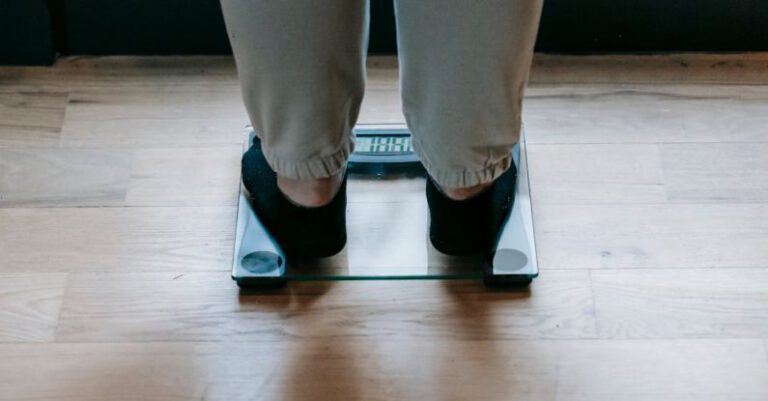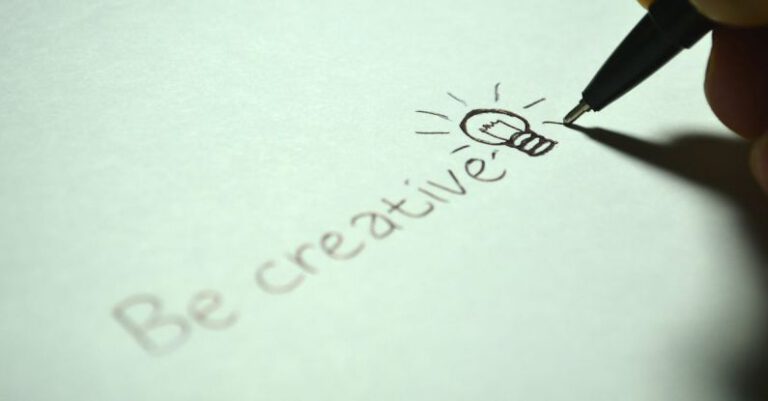What Are the Best Exercises for Improving Tape Art Skills

Tape art has gained popularity in recent years as a creative and engaging form of artistic expression. Using tape as a medium allows artists to create intricate and detailed designs with clean lines and precise shapes. Whether you are a beginner looking to improve your tape art skills or an experienced artist wanting to expand your repertoire, incorporating specific exercises into your practice routine can help you enhance your technique and creativity. In this article, we will explore some of the best exercises for improving tape art skills.
**Experiment with Different Types of Tape**
One of the first steps to improving your tape art skills is to experiment with different types of tape. There are various types of tape available in the market, including masking tape, washi tape, duct tape, and electrical tape, each with its own unique characteristics and properties. By trying out different types of tape, you can discover which ones work best for your desired artistic effects. Experiment with different widths, colors, and textures to see how they interact with each other and the surface you are working on.
**Practice Precision and Accuracy**
Tape art requires a high level of precision and accuracy to create clean and sharp lines. To improve your precision, practice creating straight lines and geometric shapes with tape on a smooth surface. Use a ruler or a straight edge to guide your tape placement and focus on achieving consistent spacing between lines. Pay attention to details and make adjustments as needed to ensure your lines are crisp and well-defined.
**Explore Negative Space Techniques**
Negative space techniques involve using the space around and between pieces of tape as an integral part of the design. Experiment with creating patterns and shapes by leaving gaps between tape strips or overlaying tapes to create layered effects. By incorporating negative space into your tape art, you can add depth and dimension to your designs, making them more visually interesting and dynamic.
**Practice Layering and Overlapping**
Layering and overlapping tapes can create intricate patterns and textures in your tape art. Experiment with layering tapes of different colors or widths to create visual interest and depth. Try overlapping tapes at different angles or directions to create unique effects and textures. By mastering the art of layering and overlapping, you can add complexity and richness to your tape art designs.
**Create 3D Effects with Tape Sculptures**
Tape sculptures are a fun and creative way to push the boundaries of traditional tape art. Experiment with creating three-dimensional shapes and forms using tape to add depth and dimension to your artwork. Build structures and sculptures by folding, twisting, and shaping tape in various ways. Explore different techniques, such as crumpling, rolling, and folding tape to create interesting textures and shapes in your tape sculptures.
**Embrace Imperfection and Experimentation**
While precision and accuracy are important in tape art, embracing imperfection and allowing room for experimentation can lead to unexpected and innovative results. Don’t be afraid to make mistakes or try new techniques in your tape art practice. Allow yourself to play and explore different ways of working with tape to discover your unique artistic style. Remember that creativity thrives in the process of experimentation and that mistakes can often lead to breakthroughs in your artistic journey.
**Push Your Boundaries and Challenge Yourself**
To truly improve your tape art skills, it is essential to push your boundaries and challenge yourself to try new things. Set goals for yourself, such as creating larger-scale artworks, incorporating new materials into your tape art, or experimenting with unconventional techniques. By stepping out of your comfort zone and taking creative risks, you can grow as an artist and develop your tape art skills in exciting and unexpected ways.
**Embrace the Journey of Tape Art Mastery**
Improving your tape art skills is a journey of continuous learning and growth. Embrace the process of mastering tape art by practicing regularly, seeking inspiration from other artists, and staying open to new ideas and techniques. Remember that mastery takes time and dedication, so be patient with yourself and enjoy the creative journey of tape art.
In conclusion, improving your tape art skills requires practice, experimentation, and a willingness to push your creative boundaries. By incorporating the exercises mentioned above into your practice routine, you can enhance your technique, creativity, and artistic vision in tape art. Remember to have fun, embrace imperfection, and enjoy the process of mastering this unique and versatile art form.





